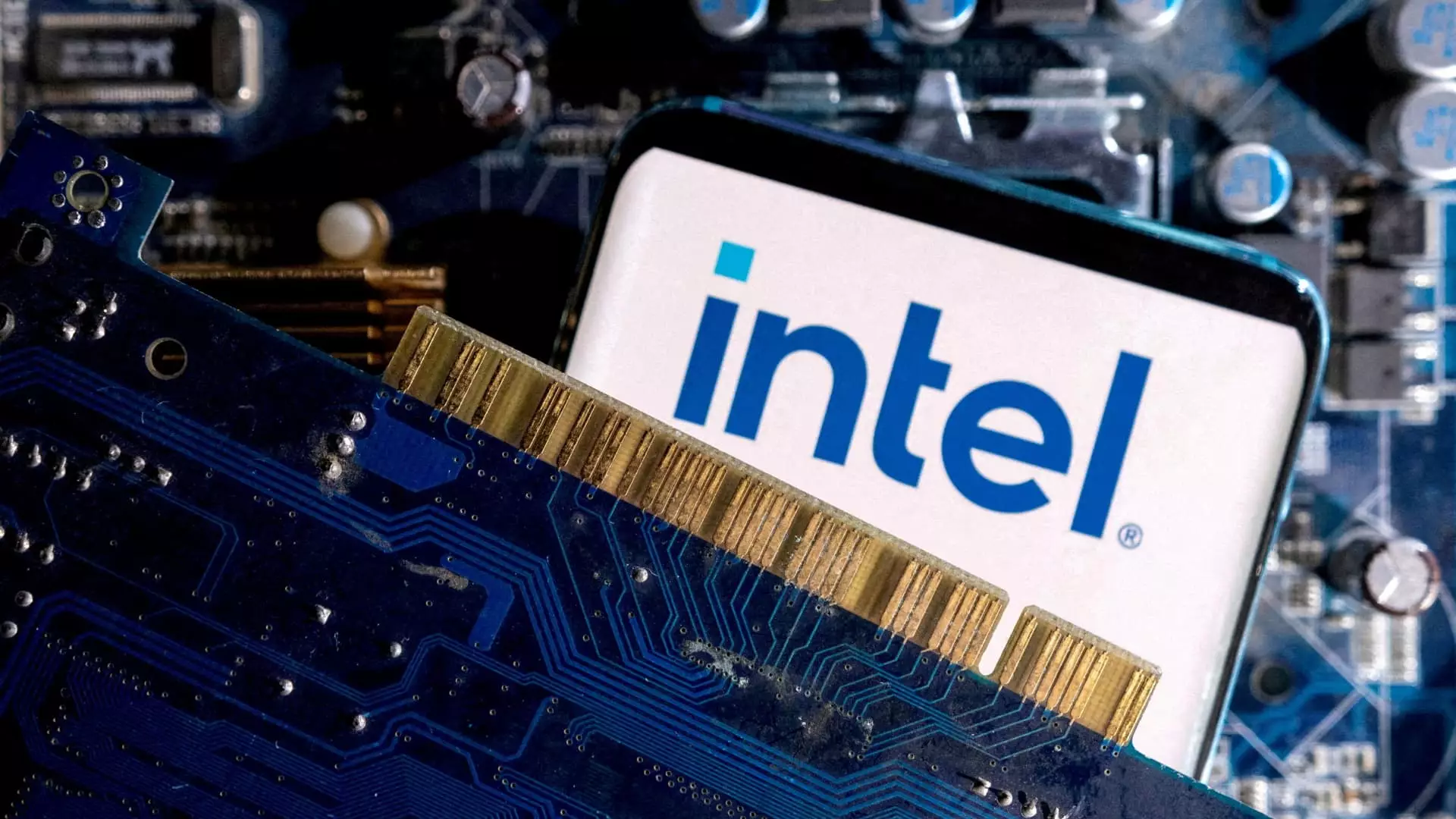Intel’s decision to separate Intel Capital, its venture capital arm, marks a significant pivot in the company’s strategy as it seeks to adapt to a dynamic technological landscape. Announced recently, this move introduces the idea of transforming Intel Capital into an independent entity, aiming to exploit its potential to attract external investors. Valued at approximately $5 billion, the venture arm’s newfound autonomy could enable it to broaden its scope, diversify investments, and ultimately enhance the innovation ecosystem within the technology domain.
This spin-off comes as Intel attempts to recover from a tumultuous chapter in its history, marked by dwindling stock performance and a series of leadership changes. The company’s stock had seen its worst decline since it went public over five decades ago, highlighting miscalculations in its strategic direction and competitive positioning. By divesting Intel Capital, the company not only seeks to streamline its operations but also aims to pivot its focus towards critical areas such as cutting-edge chip manufacturing and the rejuvenation of its beleaguered PC chip segment.
In a reflective moment on leadership, the recent ousting of CEO Pat Gelsinger underscores a crucial lesson in corporate management: adapting swiftly to change is paramount. The four-year tenure of Gelsinger was tumultuous, leading to his replacement by interim co-CEOs David Zinzner and Michelle Holthaus. This transition reflects a broader need for resilience and flexibility within Intel’s corporate structure. Leadership must be adaptive, responding to both internal challenges and external market pressures with alacrity and ingenuity.
Moreover, the restructuring of Intel’s corporate framework echoes a broader industry trend toward operational efficiency and cost management, particularly in a climate increasingly dictated by competitive pressures and economic unpredictability. Intel Capital’s transformation into an independent venture fund aligns with these objectives, allowing the company to leverage its innovative capabilities more effectively while curtailing operational overhead.
Founded in 1991, Intel Capital pioneered the notion of corporate venture capital, infringing upon traditional investment paradigms and establishing a model that has since been replicated by a multitude of tech giants, including Google and Microsoft. However, as the landscape shifts and new competitors emerge, Intel’s ability to maintain its relevance becomes critical. This impending spinoff symbolizes both a return to its entrepreneurial roots and an opportunity for rejuvenation amid evolving market conditions.
Notably, the venture capital ecosystem experienced a tremendous peak in 2021, highlighting tech companies’ vigor in exploring innovative investments. Yet, with economic headwinds such as rising interest rates significantly influencing investment strategies, the competitive landscape has changed dramatically. Thus, Intel, by redefining Intel Capital’s independence, positions itself to adaptively safeguard against future market fluctuations while still aiming to stimulate growth through innovation.
As Intel Capital prepares for its independence in the latter half of 2025, both employees and investors are likely filled with anticipation regarding the future trajectory of the venture fund. The prospect of a potential rebranding and the infusion of additional capital from external sources signal not only a fresh chapter for Intel Capital but also an opportunity to lead in thought innovation within the venture capital realm.
Moreover, this shift coincides with Intel’s ongoing efforts to spin off other business units, such as its Altera division, which specializes in field-programmable gate arrays (FPGAs). These strategic divestitures allow the company to concentrate its resources on core competencies while fostering innovation in parallel markets like self-driving technology, with holdings in Mobileye further illustrating this trend.
Intel’s decision to spin off its capital investment wing signifies a critical juncture in the company’s evolution. The strategic shift embodies a holistic approach to resilience, innovation, and market adaptation, essential qualities for navigating the complexities of the technology landscape. As Intel embarks on this journey, all eyes will be on how these changes foster growth, stimulate creativity, and reposition the company in a fiercely competitive marketplace.


Leave a Reply